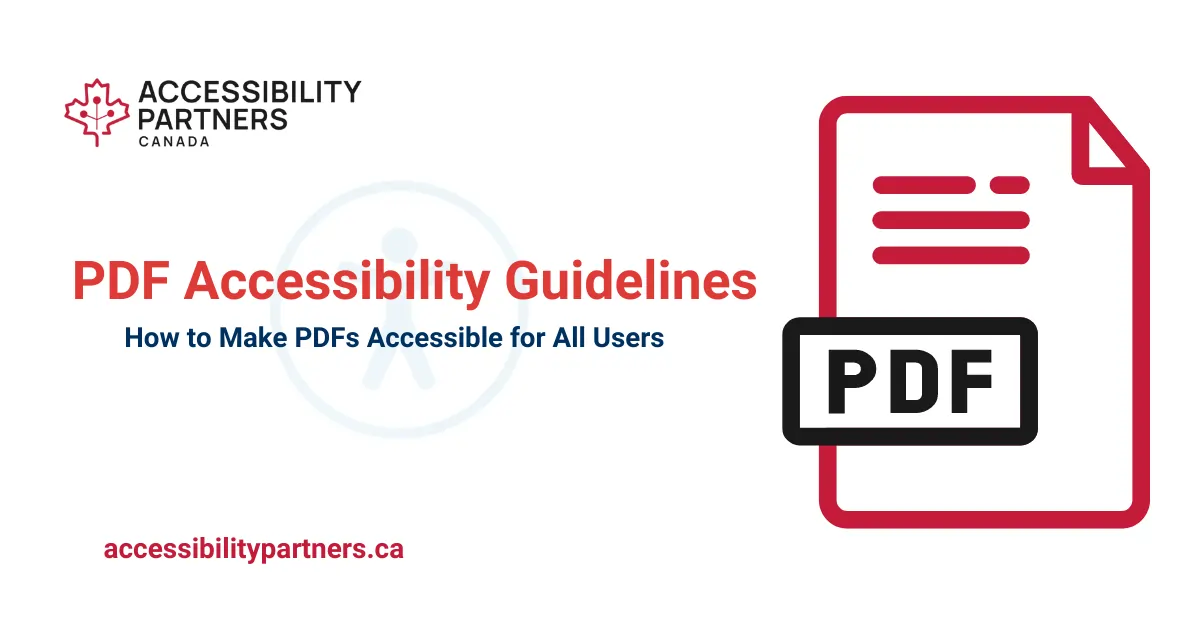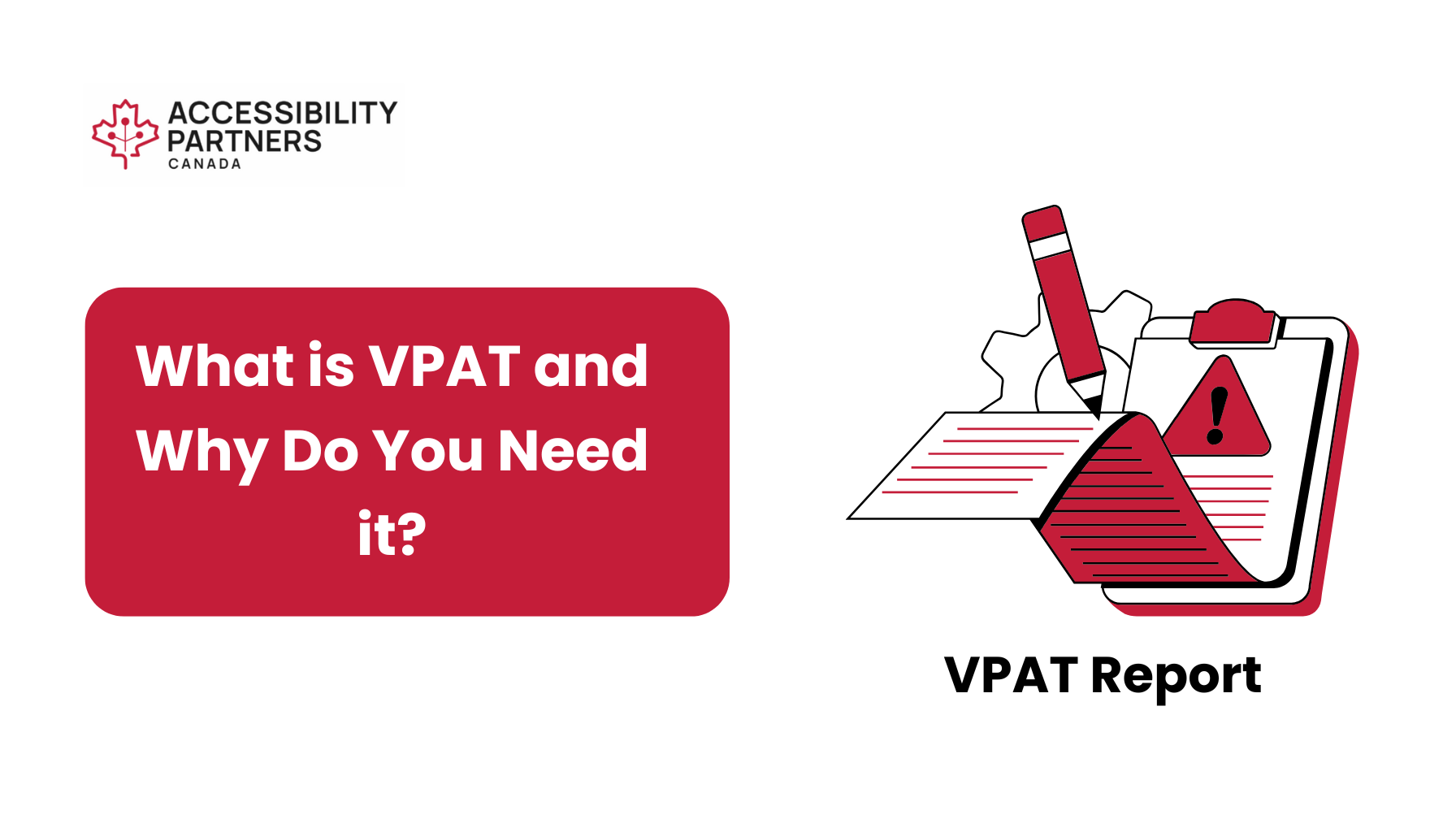Ontario is a Leader in Accessibility Standards
Ontario has led Canada in recognizing the rights of people with disabilities to participate fully in the public sphere without physical and social barriers. Human rights legislation, including the Ontario Human Rights Code, has identified disability as requiring protection from discrimination since the 1980s, but Ontario was the first jurisdiction in Canada to enact legislation making it mandatory for public and private services and facilities to be fully implemented by AODA Compliance to people with disabilities with specific timelines and penalties for non-compliance.
What is AODA?
Enacted into law in 2005, AODA stands for the Accessibility for Ontarians with Disabilities Act (AODA) is legislation governing accessibility standards for provincially regulated entities. The AODA Compliance broadly covers services, employment, buildings, and other facilities, and how these are designed and operated. The act applies to public sector organizations, as well as private sector businesses operating in the province of Ontario.
The AODA standards is to make Ontario accessible by 2025 and develop accessibility policies and employee support practices that can accommodate people with disabilities.
What are the 5 standards under the AODA?
The 5 AODA standards apply to establishes a Customer Service Standard, an Information and Communications Standard, a Transportation Standard, an Employment Standard, and a Design of Public Spaces Standard.
Together these five sets of standards can be used by businesses and organizations to determine whether they are meeting the accessibility needs of Ontarians and removing barriers for people with disabilities.
What Disabilities Does AODA Stands for?
The AODA Compliance identifies disabilities broadly, identifying physical and mental impairments, learning and developmental disabilities, and injuries, without limiting the definition to those specifically identified in the act.
Because the definition is broad, it covers all people with disabilities. This is a growing group of people as the population ages. At least one in every seven Ontarians has some form of disability. Over the next 20 years, as the population ages, the number will rise to one in five Ontarians.
Making Ontario accessible requires Ontario organizations to improve accessibility for people with physical limitations and mental health challenges. It also requires ensuring that people can access services and public spaces using assistive devices and service animals without barriers.
Why is the AODA important for Businesses?
Complying with the disabilities act is important for all businesses. First and foremost, compliance with AODA stands for accessibility standards which ensures that businesses are addressing their clients and potential clients in a manner that meets their needs.
Because the AODA establishes a set of uniform accessibility standards across public sector organizations and private businesses, it also established expectations for how communications, services, and facilities would be designed and delivered. This allows businesses to either internally produce or externally source accessibility solutions that meet defined regulations and best practices.
Common practices and regulations mean that businesses can ensure that they make it as easy to access goods and services as their competition does, meet the needs of their clients and employees, and concretely demonstrate that they fulfill their obligations under the Ontario Human Rights Code and the disabilities act.
The AODA, while specific to Ontario, was the first law of its kind in Canada. Compliance with AODA’s Integrated Accessibility Standards Regulation (IASR) regime puts businesses in a good position to achieve accessibility and comply with newer regulations in other provinces and Canada’s new federal legislation, the Accessible Canada Act.
Why do we need the AODA?
Businesses must always weigh costs against benefits when determining how to dedicate their resources. The decision to remove barriers to access carries financial and opportunity costs, and the potential returns from those costs may not be enough to prioritize improving accessibility.
The introduction of specific timelines and penalties for non-compliance increases the value of work done to remove barriers, as avoiding financial penalties and reputational damage carries a significant value. Removing barriers to access has become the right choice for businesses from both a service and financial perspective, and this has resulted in rapid accessibility improvements for many businesses.
There is still work to be done, but the progress toward a fully accessible Ontario made since the introduction of the AODA in 2005 has been significant.
What is the purpose of AODA?
The Ontario government has been working to create an accessible and inclusive province where people with disabilities can fully participate in community life and the economy.
The AODA meaning advances this effort by establishing specific goals and deadlines for improving accessibility and making both public and private sector compliance with the AODA a critical part of any undertaking made by governments, nonprofit organizations, and private businesses.
What is the Deadline for AODA Compliance?
Full compliance with all accessibility standards with respect to “goods, services, facilities, accommodation, employment, buildings, structures and premises” is required on or before January 1, 2025, under section 1(a) of the AODA.
These elements of AODA compliance are already in force. Organizations have been required to develop and publish accessibility plans and produce progress reports. Businesses with 20 or more employees have been required to file AODA compliance reports with the Government of Ontario. Among other things, organizations with over 49 employees were required to ensure that their web content meets accessibility requirements by January 1, 2021.
The AODA is the Standard for Accessibility in Canada
Canadian businesses, even those operating outside of Ontario, have good reason to be aware of, and compliant with, the AODA. The AODA’s accessibility standards have been developed to recognize the benefits of international accessibility efforts, incorporating global standards, such as web content accessibility guidelines, where they exist.
As the first of its kind in Canada, the AODA training accessibility standards have become the basis for other accessibility laws being developed in Canadian jurisdictions. Common accessibility standards and practices have established expectations among the public for barrier-free access to services and public spaces.
The AODA has been a significant driver for the design of modern life in Canada, serving to promote accessibility, improving the level of access for people with disabilities, and firmly entrenching the idea that accessible design is an important tool in ensuring equal rights and participation of all Canadians.
Accessibility Partners Canada is a national leader in enhancing the accessibility of private and public organizations. Our team has led AODA remediation and compliance initiatives within Ontario provincial agencies, municipalities, and private businesses. Contact Accessibility Partners Canada for audits, AODA consultation, action plans for website compliance, accessibility policy, and plan review, or assistance in filing AODA compliance reporting.







